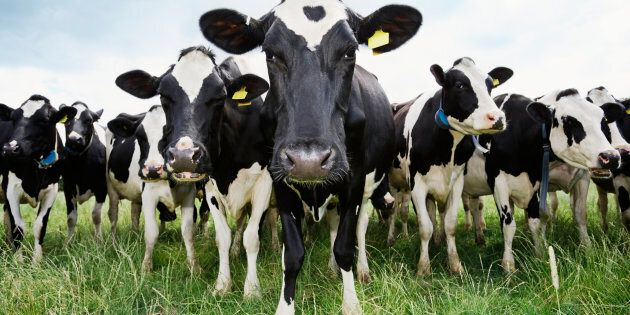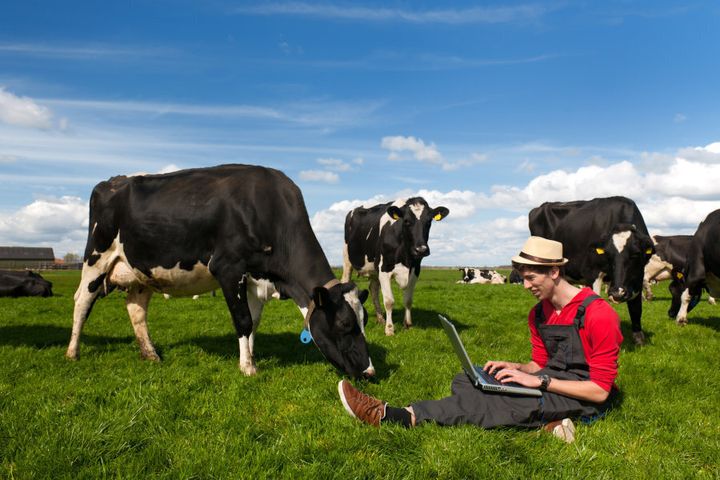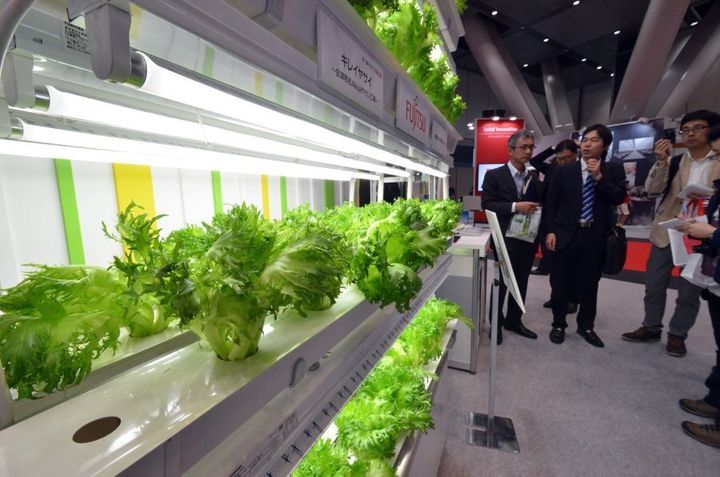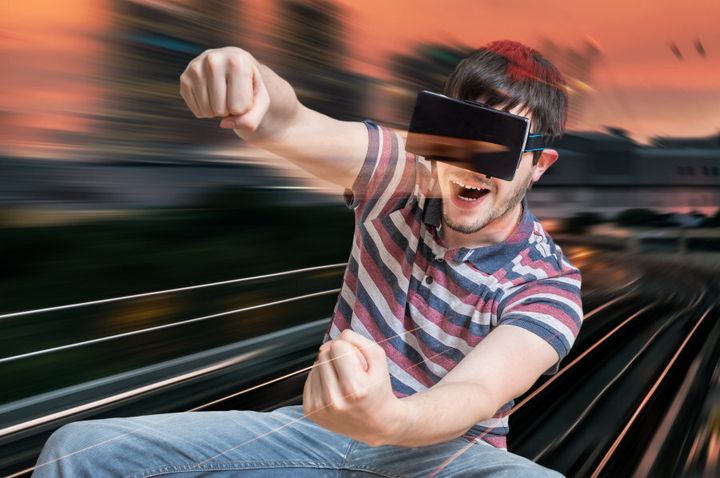
What does the fertility cycle of cows and the internet of things have in common?
It's a question you might be able to answer sooner than you think, thanks to the rapidly evolving pace of internet infrastructure.
Communications specialists and aficionados recently gathered in Sydney for the Huawei Innovation Day, to hear experts talk about just how rapidly the Internet of Things is expanding and what we need need to do to make our expanding digital world work right.

And getting it right, in part at least for Fujitsu Australia, has to do with the fertility cycle of cows.
"What we did, it's simple enough, is we put pedometers on cows," Fujitsu Australia Peter Lawther said on Wednesday.
"It sounds easy. We took the data of how many steps they do, we add feedback data and we put it into the cloud.
"Once we get that data the farmer has the ability to look at an individual cow and how many steps its taken. The farmer gets to make a choice. He receives notifications, and those notifications indicate to him when that cow is ready for insemination."
Lawther said the research has helped farmers not only better understand the fertility cycles of cows, but also their overall health with the data recorded showing the movement of the cow, therefore tracking potential disease.
Currently more than 12 billion devices are connected to the Internet of Things, while it's predicted that number could surge to 30 billion in just four years time.
From cows to 'kidney lettuce' to medical tech

Fujitsu has converted a semi conductor factory to make low potassium lettuce for people with kidney problems in Japan. The factory uses advanced information and communications technology (ICT) to manage the farm.
"We reduce the potassium by controlling the growth of the lettuce," Lawther said.
The future of the Internet of Things, or IoT, will be focussed on individuals, he said.
For example, a wearable which constantly sends feedback on the wearer's pulse can tell a computer what height the person is at, he said.
"If there's an issue, an accident, if that pulse starts to raise, we can identify what's happening in that scenario," he said.
But managing the advance is going to be a whole thing and it requires faster internet speeds

And for faster internet speeds -- the kind of speeds we may need to manage potentially millions of connected devices in relatively tight geographic space -- we're going to need 5G.
Highly debated, under development and hoped-for by 2020, 5G is the next speed stage for mobile technology.
5G wireless networks will be expected to support thousandfold gains in capacity, connections for at least 100 billion devices while providing speeds of 10 gigabits per second per individual user with extremely low latency and response time, Huawei says on its website.
Abdurazak Mudesir, Vice President of 5G marketing at Huawei, borrowed from an earlier technology speech sum up 5G.
Defining 5G is like defining a Picasso, everyone has their own views.Abdurazak Mudesir paraphrases another tech expert on 5G
Mudesir said one of the keys to 5G is being able to guarantee stable speeds with 1 millisecond of low latency, compared to today's norm of 50 milliseconds of latency.
5G will be vital for expanding the application of Virtual Reality, he said.
Virtual Reality has seen a huge leaps in the commercial markets thanks to a series of device-releases, but the applications are usually centred on gaming.
Mudesir sees potential for more applications for the technology, but its something that requires higher speeds.
That potential is viewed the same way by Goldman Sachs and Citibank, with the financial powerhouses estimating the VR industry is set to be worth billions, or potentially trillions, of dollars over the next 20 years.
In the future we actually believe VR will be the main user interface, immersive mediaAbdurazak Mudesir
5G will also be vital for the proper running of driverless cars.
"This is a very high level of automation and that is only possible through 5G technology," he said.
Multiple actors need to come together to make 5G speeds possible -- from government to industry -- as well as wider bandwidth.
"We need to have at least 1 gigahertz bandwidth per operator. That's a huge change. It's 10 times the bandwidth (we have now) and government's need to make sure that this spectrum is made available to the mobile industry," he said.
We heard today that cows can be connected, and billions of cows are out there and other devicesAbdurazak Mudesir
"Today we can achieve thousands of connection per square kilometre."